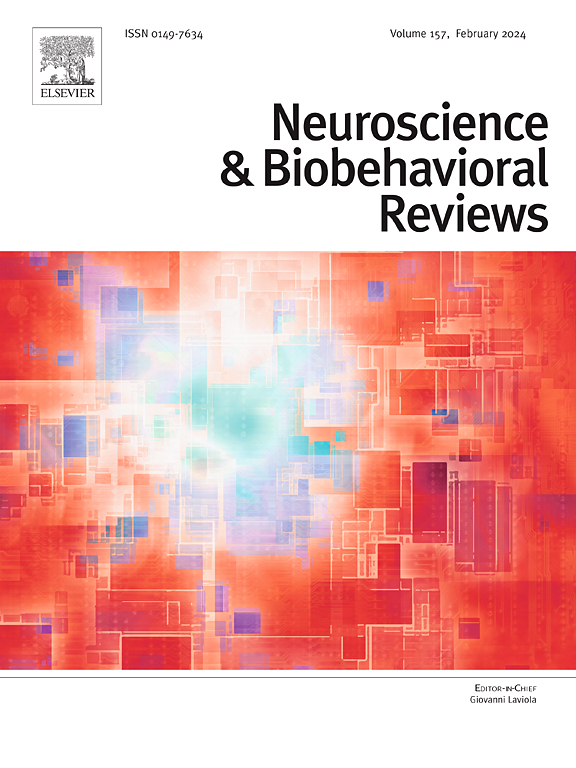Executive control from healthy ageing to cognitive impairment: A systematic review of stroop and simon effects using psychophysiological and imaging techniques
IF 7.5
1区 医学
Q1 BEHAVIORAL SCIENCES
引用次数: 0
Abstract
Background
The prevalence of cognitive impairment and dementia in the ageing population emphasises the need for strategies to mitigate cognitive decline. While research on Alzheimer’s Disease (AD) has focused on early risk factors, less attention has been paid to protective factors such as cognitive reserve (CR) and cognitive control (CC). Methods: This review examines age-related changes in the prefrontal cortex (PFC) in healthy ageing and cognitive impairment. We analysed studies using Stroop and Simon tasks in conjunction with EEG, EEG/ERP, fNIRS and fMRI. Results: Of the 1411 articles reviewed, 49 studies met our criteria. The results suggest that the Stroop and Simon effects are essential for distinguishing between healthy ageing and cognitive impairment. Increased activity of the PFC supports task performance, especially in cognitive ageing. However, when compensatory mechanisms fail, deficits in Stroop and Simon effects may indicate cognitive impairment and reduced activation of the PFC. Conclusion: This review emphasises the critical role of CR in attenuating age-related cognitive decline and highlights the importance of the PFC in maintaining CC.
从健康老龄化到认知障碍的执行控制:使用心理生理学和成像技术对Stroop和Simon效应的系统回顾。
背景:老龄化人口中认知障碍和痴呆的流行强调了减轻认知能力下降的策略的必要性。对阿尔茨海默病(AD)的研究主要集中在早期危险因素,而对认知储备(CR)和认知控制(CC)等保护因素的关注较少。方法:本综述研究了健康衰老和认知障碍患者前额叶皮质(PFC)的年龄相关变化。我们分析了Stroop和Simon任务结合EEG、EEG/ERP、fNIRS和fMRI的研究。结果:在1411篇文献中,49篇研究符合我们的标准。结果表明,Stroop和Simon效应对于区分健康衰老和认知障碍至关重要。PFC活动的增加支持任务表现,特别是在认知老化中。然而,当代偿机制失效时,Stroop和Simon效应的缺陷可能表明认知障碍和PFC激活减少。结论:本综述强调了CR在减轻年龄相关认知衰退中的关键作用,并强调了PFC在维持CC中的重要性。
本文章由计算机程序翻译,如有差异,请以英文原文为准。
求助全文
约1分钟内获得全文
求助全文
来源期刊
CiteScore
14.20
自引率
3.70%
发文量
466
审稿时长
6 months
期刊介绍:
The official journal of the International Behavioral Neuroscience Society publishes original and significant review articles that explore the intersection between neuroscience and the study of psychological processes and behavior. The journal also welcomes articles that primarily focus on psychological processes and behavior, as long as they have relevance to one or more areas of neuroscience.

 求助内容:
求助内容: 应助结果提醒方式:
应助结果提醒方式:


